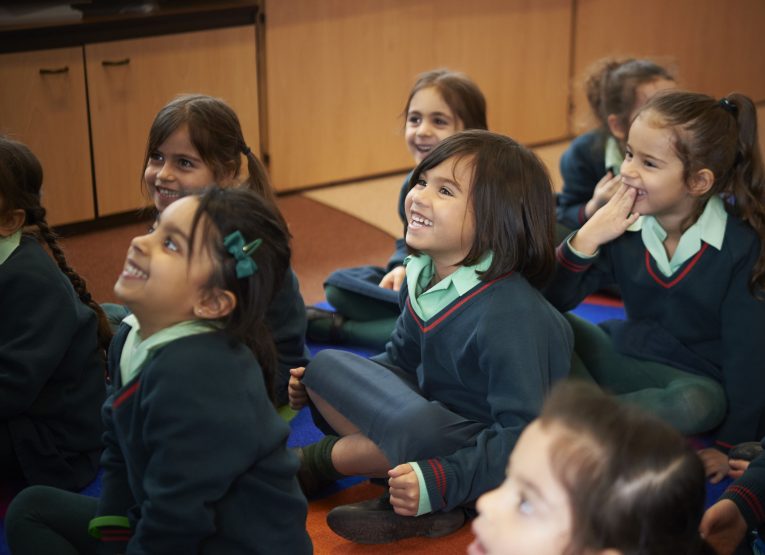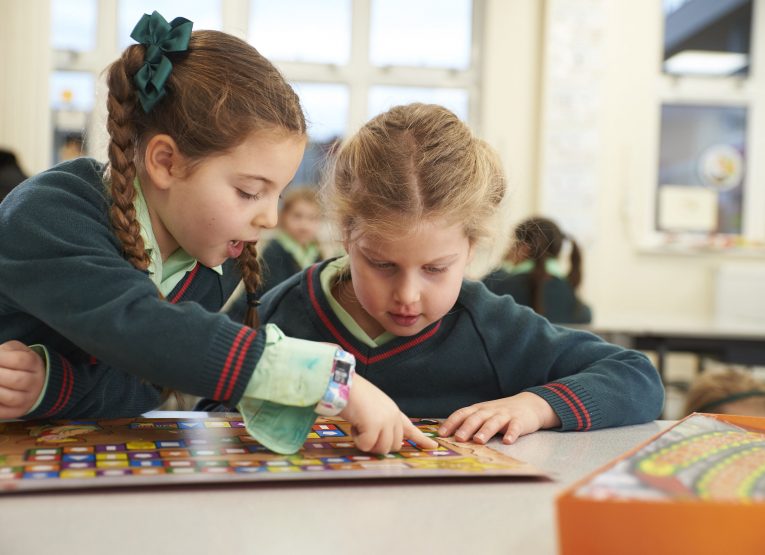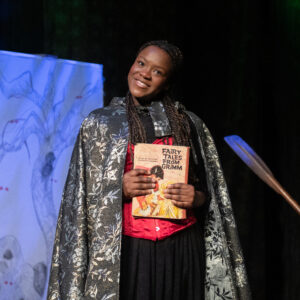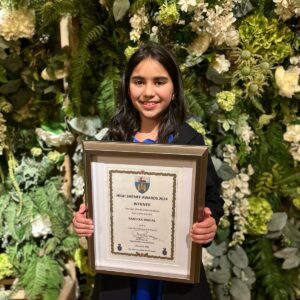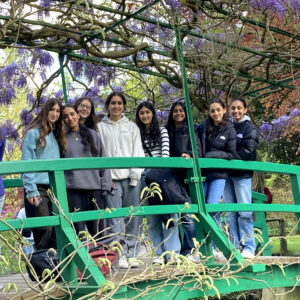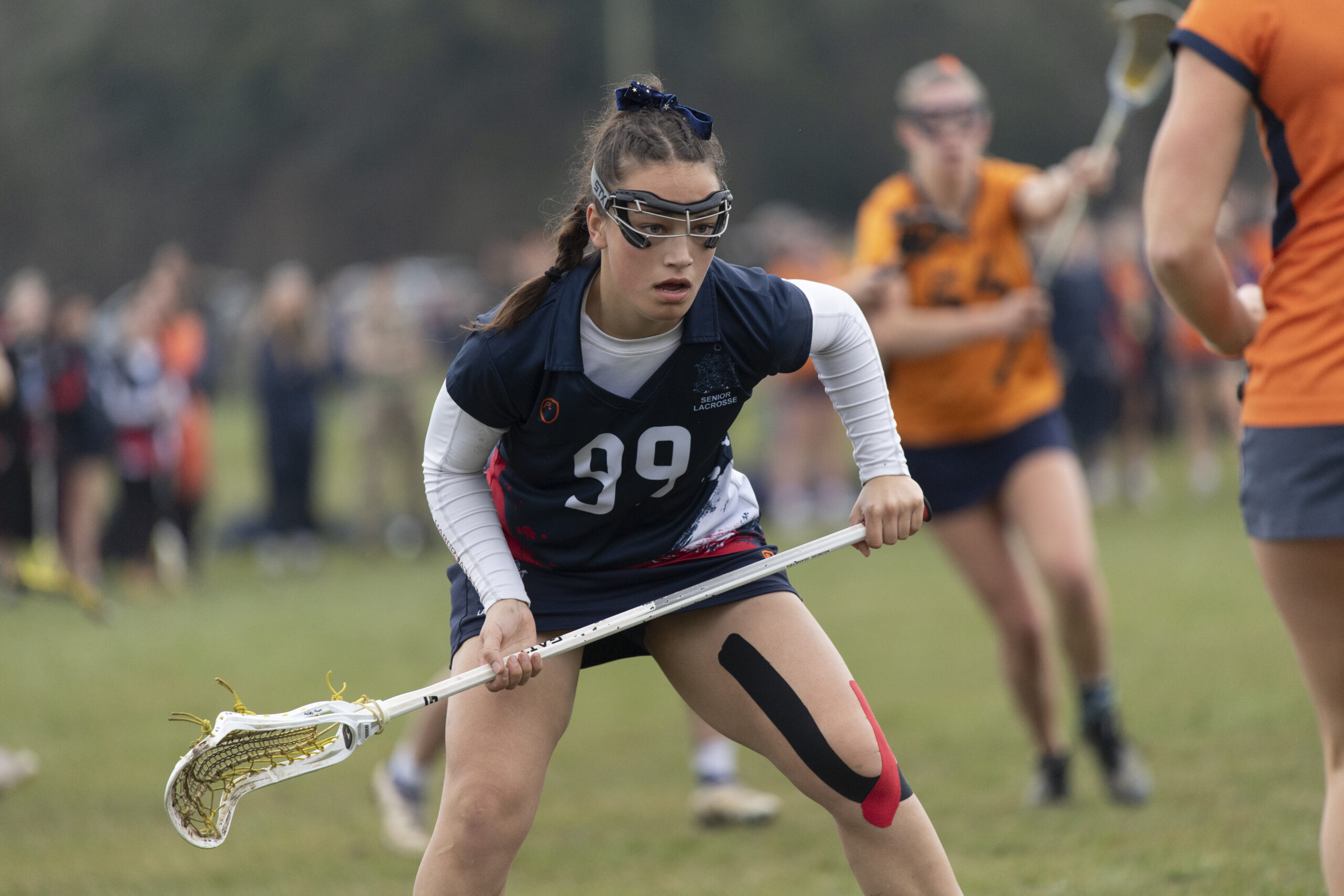As part of our Gold Arts award qualification, 18 of us in the L6, along with three teachers took a trip to Berlin to see the creative and informative aspects of Berlin. My reflection of the trip was completely positive. From the theatre, to the art gallery, the museum, the monuments, and the boat tour, everything was engaging. The architecture of the buildings and the monuments such as the Jewish Museum and the Holocaust memorial had a mesmerising impact on all of us.
A personal highlight for me was the Berlinische Gallery, this was a gallery unlike anything I had experienced before. The beginning of our visit included a tour, the tour guild was informative and gave us an insight we would not have had otherwise. I found the style of art had a huge variety, there were some extremely detailed pieces which excited me since the more time you looked at it the more it revealed itself to you. Other paintings included less detail but more texture, some of which I noticed looked very different from certain angles as a result of more texture. The gallery was also catered to the visually impaired, recreations of the paintings made with objects sticking out to imitated the painting, and brail on the floor was something that intrigued all of us as this was unlike anything we had seen before.
Dorsa Aram particularly enjoyed the graffiti walking tour we took on our last day in Berlin, here is her personal experience of this: In London, graffiti is usually used and seen as a form of vandalism, typically on the sides of train stations and railway tracks. However, in Berlin, the same cannot be said. We were lucky enough to go on a two-hour walking tour of all the street art of Berlin, which mostly consisted of graffiti but also included other sorts of art such as a toucan made of bits and bobs such as ironing boards and bicycle wheels. The street art across berlin was very varied, with some having meaningful socio-political messages (such as pieces highlighting the death of the journalist Jamal Khashoggi and the ongoing Ukraine war) while some were just there for the aesthetics or to advertise different shops. The colours and art styles presented on the walls were all so varied that it is so hard to choose a favourite. Interestingly, our tour guide taught us about the two main graffiti crews in Berlin- 1UP (one united power) and the Berliner Kids- both of whom had very different art styles but also very different ways of signing off their art pieces. Berliner kids would have their individual names spray painted in large, bold letters to help identify who the painter is (with the Berliner kids’ logo in very tiny writing) while 1UP would only spray paint their logo around Berlin, with no individual names to help conceal the identity of the artist. Overall, the street art in Berlin is definitely something that shouldn’t go unnoticed if you visit Berlin!
Anji Suri’s view of the Jewish Museum: From the very start, the museum had an impact on the entire group. From the point the striking building came into view, a thoughtful silence overcame the group – a silence that didn’t dissolve until we were well away from the building after visiting it. The Jewish Museum consists of zigzagging corridors and rooms designated as ‘voids’, aiming to represent different elements of the Jewish experience, past and present. The confusing nature of the layout is effective in its intention to disorient the visitors and the ‘Garden of Exile’ sets out a claustrophobic experience in which you’re surrounded by 49 concrete columns, aware that escape is logically close but physically, you feel as if you are trapped forever, much like the experience of European Jewish exiles driven from their homes during World War II.
This trip was an experience, that will be remembered by all of us. It was perfectly balanced; we saw as much as we could and learned so much while still having time to shop and spend with our friends. This was the only trip abroad from 2022 and I feel incredibly lucky to have gone on it.

